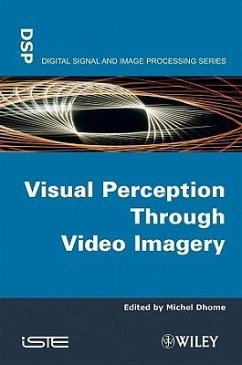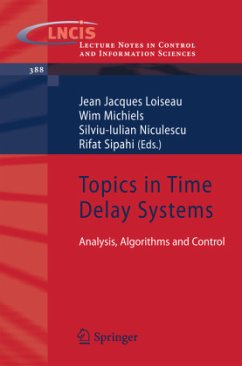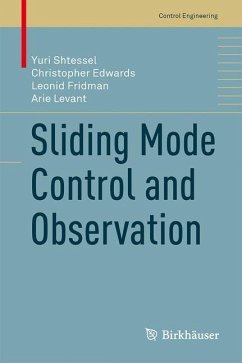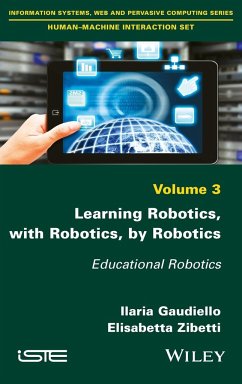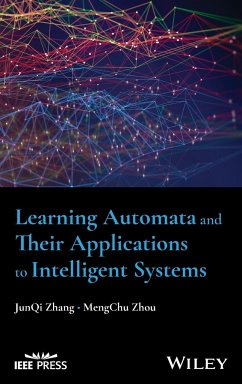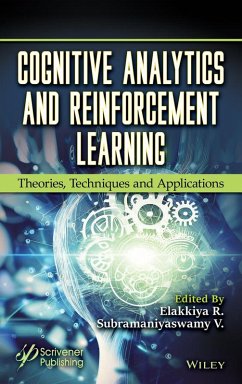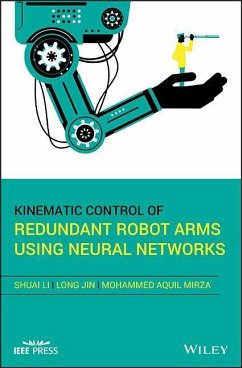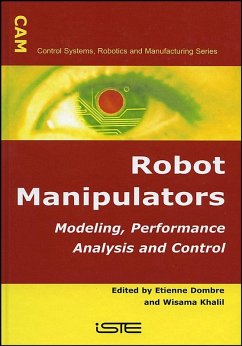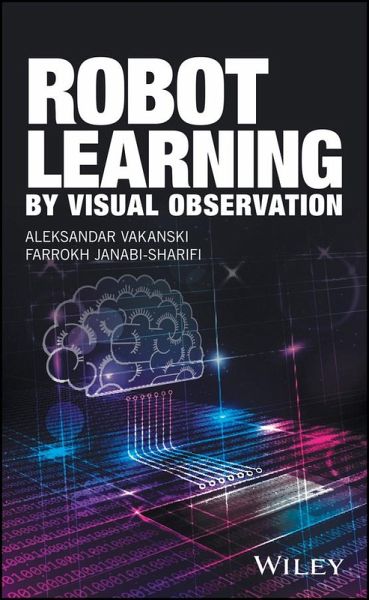
Robot Learning by Visual Observation
Versandkostenfrei!
Versandfertig in über 4 Wochen
119,99 €
inkl. MwSt.
Weitere Ausgaben:

PAYBACK Punkte
60 °P sammeln!
This book presents an overview of the methodology for robot learning from visual observations of human demonstrated tasks, with a focus on learning at a trajectory level of task abstraction The content of Robot Learning by Visual Observation is divided into chapters that address methods for tackling the individual steps in robotic observational learning. The book describes methods for mathematical modeling of a set of human-demonstrated trajectories, such as hidden Markov models, conditional random fields, Gaussian mixture models, and dynamic motion primitives. The authors further present meth...
This book presents an overview of the methodology for robot learning from visual observations of human demonstrated tasks, with a focus on learning at a trajectory level of task abstraction The content of Robot Learning by Visual Observation is divided into chapters that address methods for tackling the individual steps in robotic observational learning. The book describes methods for mathematical modeling of a set of human-demonstrated trajectories, such as hidden Markov models, conditional random fields, Gaussian mixture models, and dynamic motion primitives. The authors further present methods for generation of a trajectory for task reproduction by a robot based on generalization of the set of demonstrated trajectories. In addition, the book * Discusses methods for optimization of robotic observational learning from demonstrations, such as formulation of the task planning step as a constrained optimization problem * Focuses on regression approaches for task reproduction, such as spline regression and locally weighted regression * Concentrates on the use of vision sensors for capturing motions and actions demonstrated by a human task expert, as well as addresses the use of vision sensors for robust task execution by a robot learner In times of a growing worldwide demand for automation and robotics applications, as well as an aging population and a shrinking work force, the development of robots with capacity to learn by observation and abilities for visual perception of the environment with vision sensors emerges as an important means to mitigate the aforementioned problems. The book is a valuable reference for university professors, graduate students, robotics enthusiasts, and companies that seek to develop robots with such abilities.





